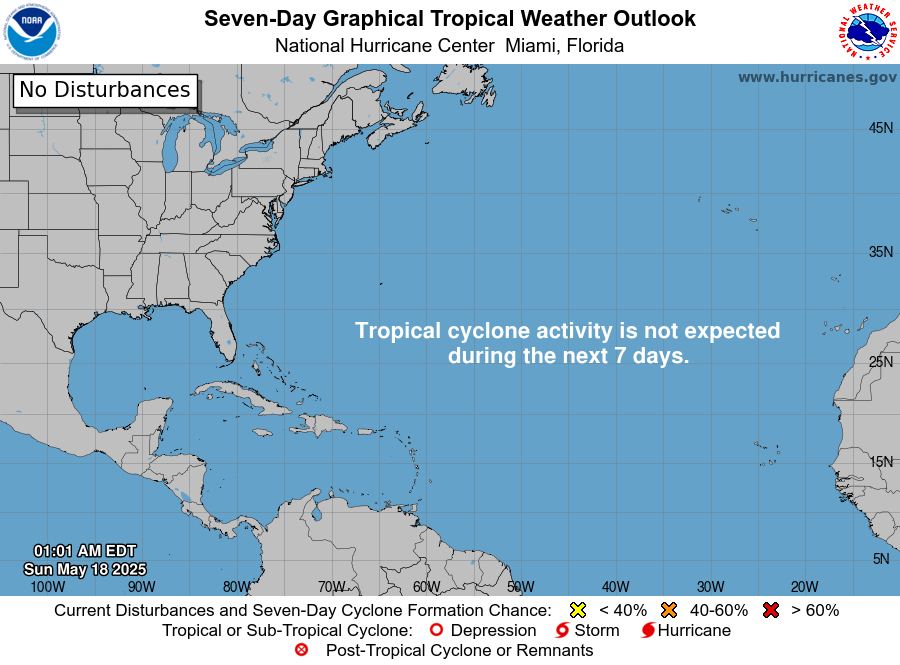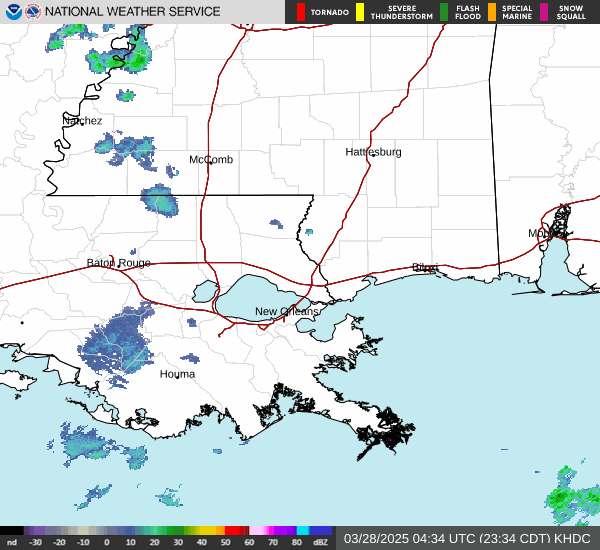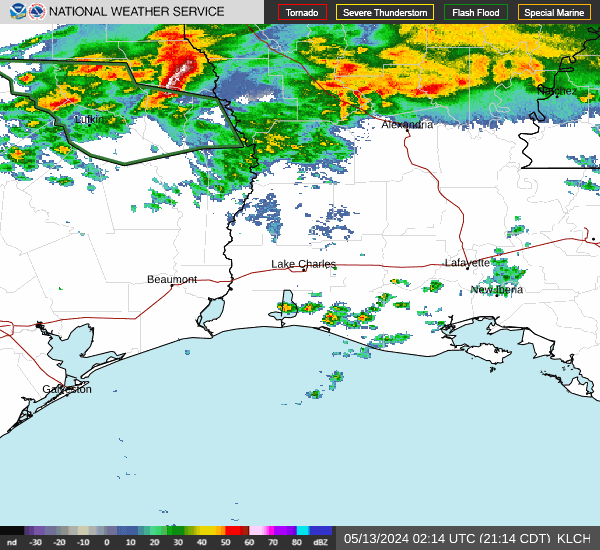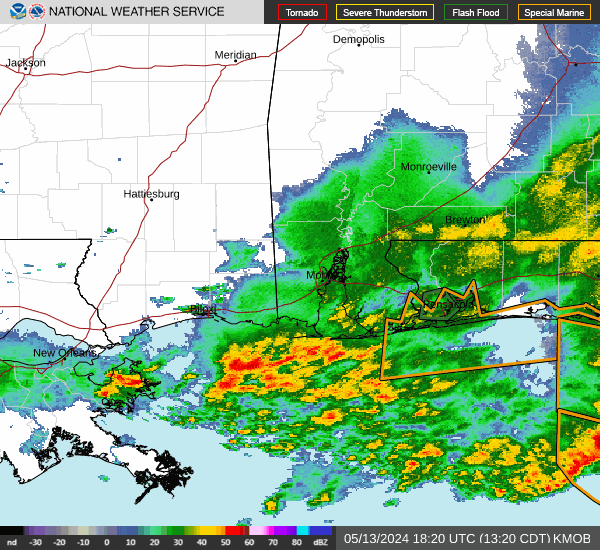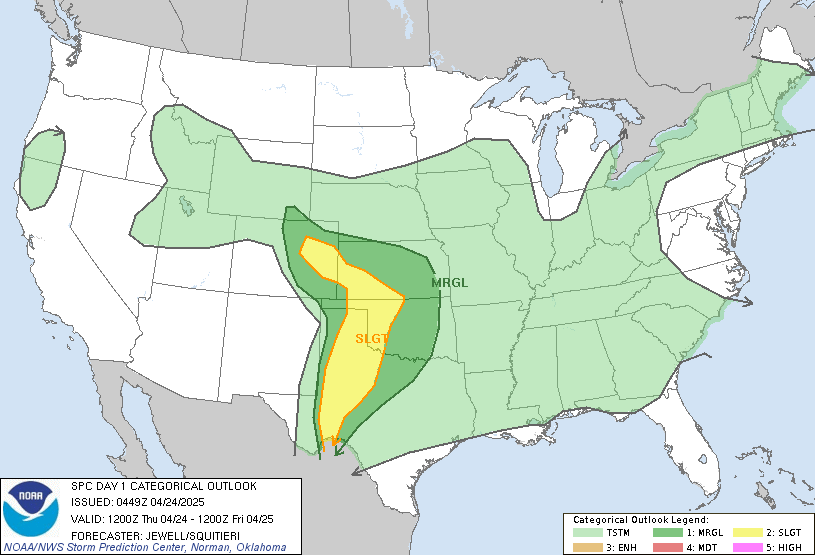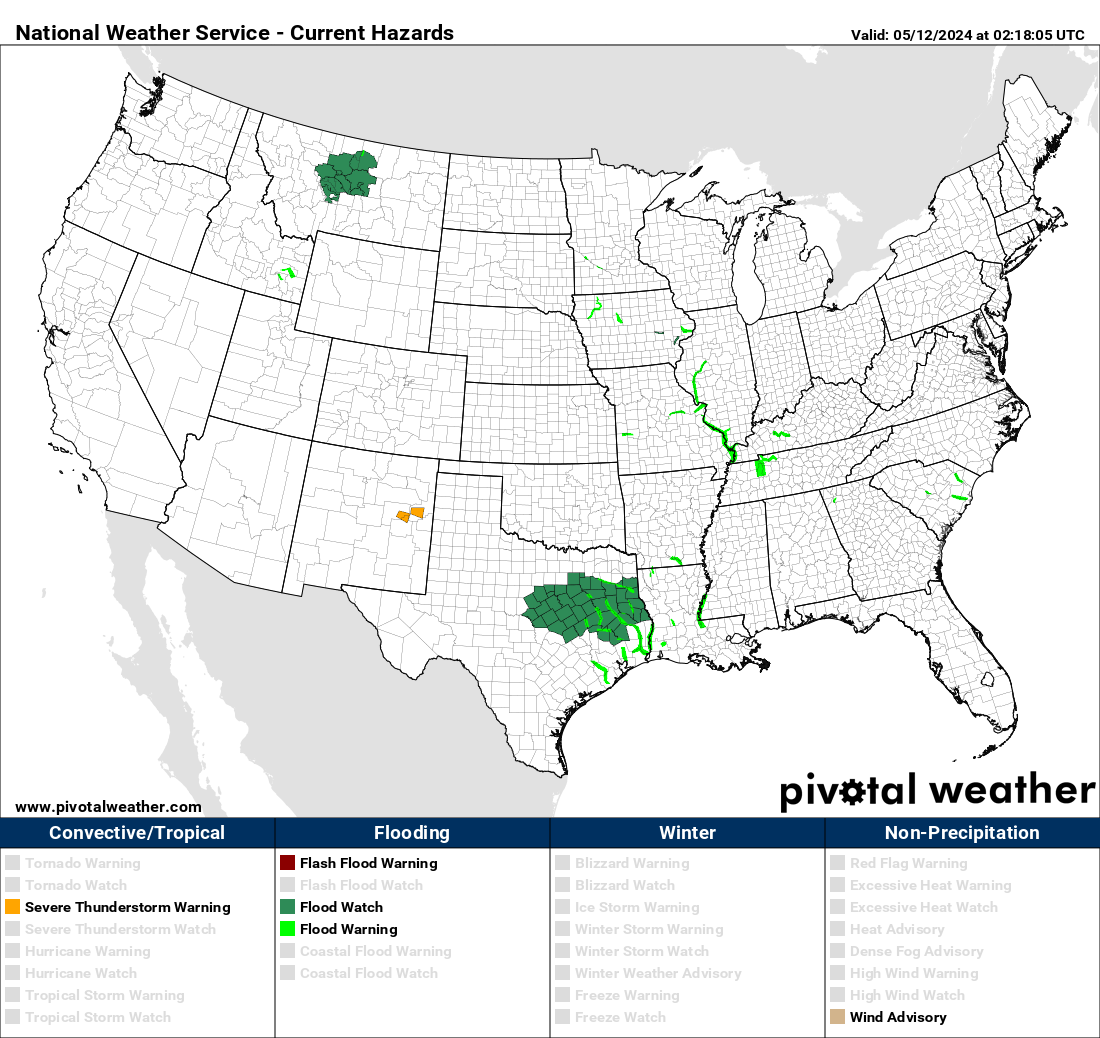Post by bstelly24-Pearl River, LA on Apr 9, 2022 16:37:54 GMT -6
Hurricane Ian
On September 5, the NHC began tracking a tropical wave located in the Main Development Region. The disturbance became much better defined over the next few days, but struggled to develop an LLC. A day later the NHC began issuing advisories on PTC-Nine. The next day Hurricane Hunter aircraft found a closed circulation but failed to find winds of greater then 38 mph therefore, the NHC only upgraded the storm to Tropical Depression Nine. On September 10, an ASCAT scan passed over Tropical Depression Nine and found Tropical storm Force winds in the North-Eastern quadrant. Despite the ASCAT scan however, the NHC refused to upgrade the storm until a second ASCAT scan confirmed that Tropical Depression Nine had indeed intensified into a Tropical Storm. One hour later, the NHC finally upgraded Tropical Depression Nine to Tropical Storm Ian. The system then began to rapidly intensify as it tracked westward. After 48 hours of quickly strengthening, its rate slowed. about 18 hours later the system reached category 4 status. The storm's intensify remained the same for 2 days. Then, the storm began an EWRC, weakening the storm back down to a category 3 status. Unfortunately, the EWRC was successfully completed, resulting in the storm re-intensifying into a Major Hurricane. On September 15, a recon flight went into Ian found winds of 175kts, or 200 MPH, and a minimum central pressure of 890 millibars. Despite this, the NHC did not upgrade Ian to that intensity right away. Several more recon flights entered the storm finding only around 165-170kts, 190-195 mph winds, resulting in the NHC electing to only upgrade the storm to a C5 with 195 MPH winds . The storm then weakened due to an EWRC. Once again, however, the storm persevered, and soon re-strengthened once again into a Category 4 storm. While still a category 4 hurricane, the Government of Mexico issued a hurricane Watch for the entire Caribbean seaboard. As it regained strength, and became a category 5 hurricane again, the Government of Mexico upgraded the Watch to a Warning. 30 hours later, Ian made landfall near Chetumal, Mexico with sustained winds of 175 MPH and a minimum central pressure of 912mb. The storm rapidly weakened inland, emerging into the Gulf of Mexico as but a mere Tropical Storm. Despite this, Ian had nearly tripled in size. Ian gradually strengthened and 60 hours later regained major hurricane status. It continued to strengthen but took a sharp turn west. However, once a category 4 hurricane, the cyclone took a very violent turn to the north and it aimed itself right at the city of New Orleans. The NHC also issued a Hurricane Warning for New Orleans and surrounding areas. Ian then made landfall with 160 mph winds, doing major damage to New Orlean's levee system, causing it to fail. The surge was extremely high, with over 45 feet of water rushing into the city, causing extreme devastation. as Ian tracked inland, it quickly weakened, but stalled. Once loosing hurricane status, the storm quickly moved on, but did not dissipate for another 2 days. Finally on September 20, the last advisory was issued on Ian. . Later, in a Tropical Cyclone Report, Hurricane Ian was upgraded to a 200 mph, 890mb storm.
The stormcast thread on this would be epic.
link
And then follows it up with Hurricane Lisa into Cameron Parish as a Cat 4.












